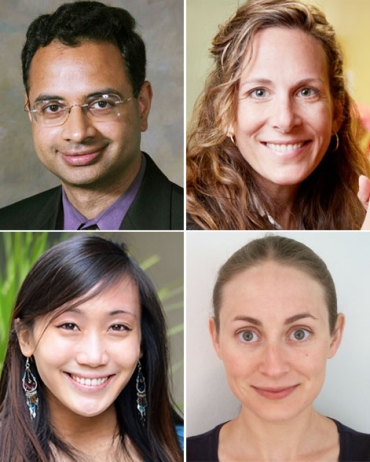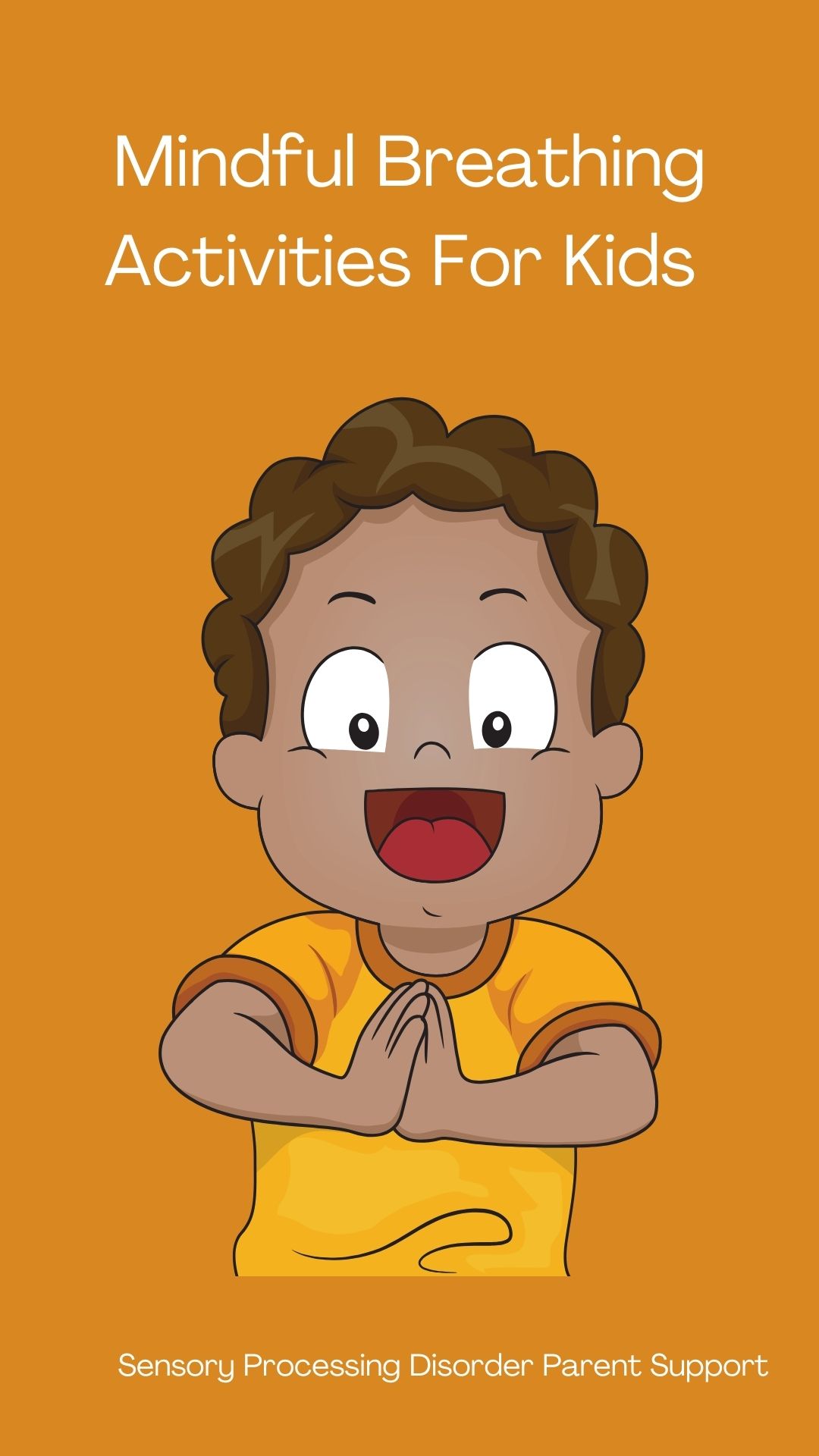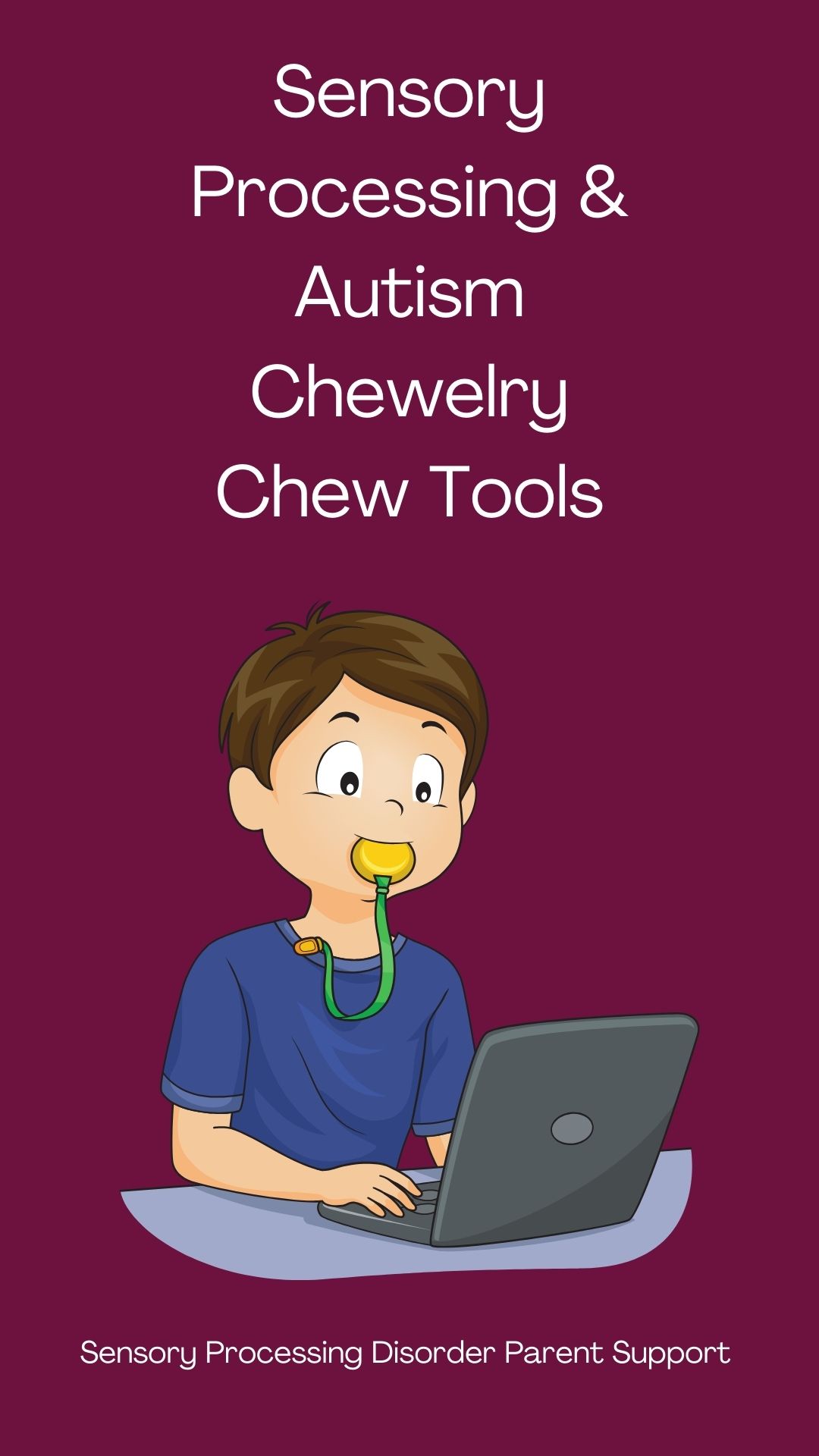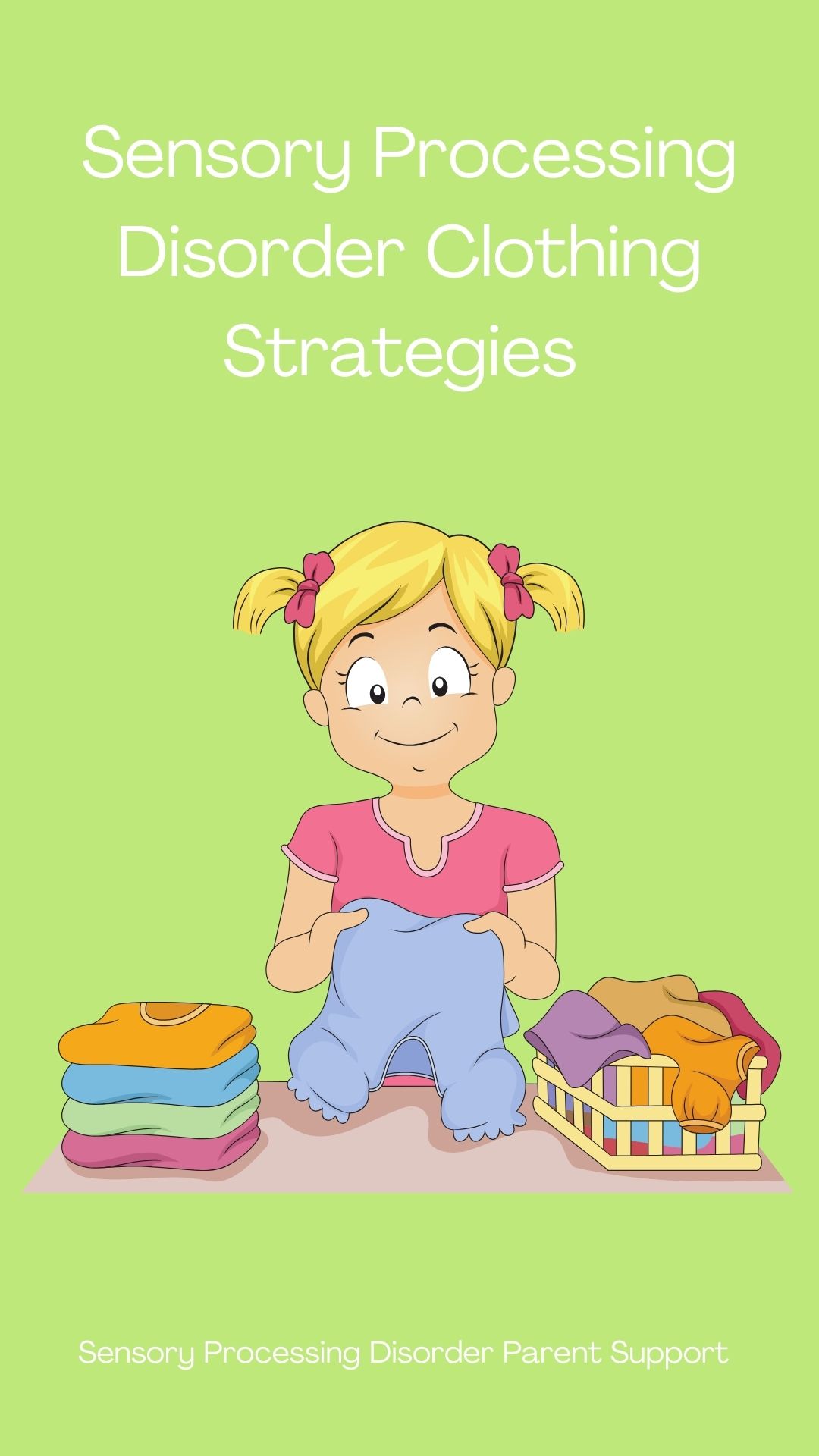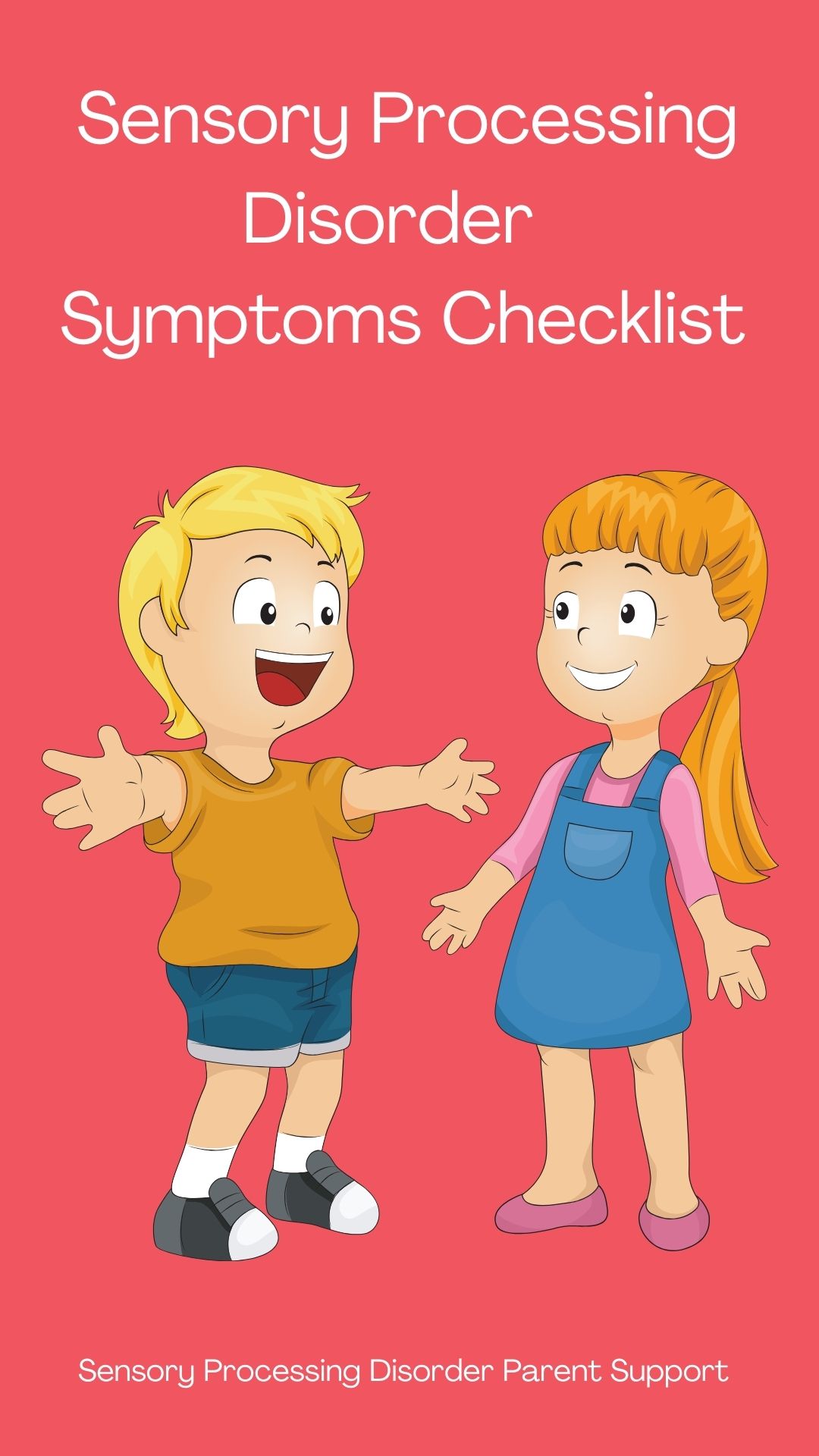
Sensory Processing Disorder Parent Support
Sensory Processing Research & Studies
Children with sensory differences ... painting the world beautiful.
Sensory Processing Research & Studies
Jeanette Loftus
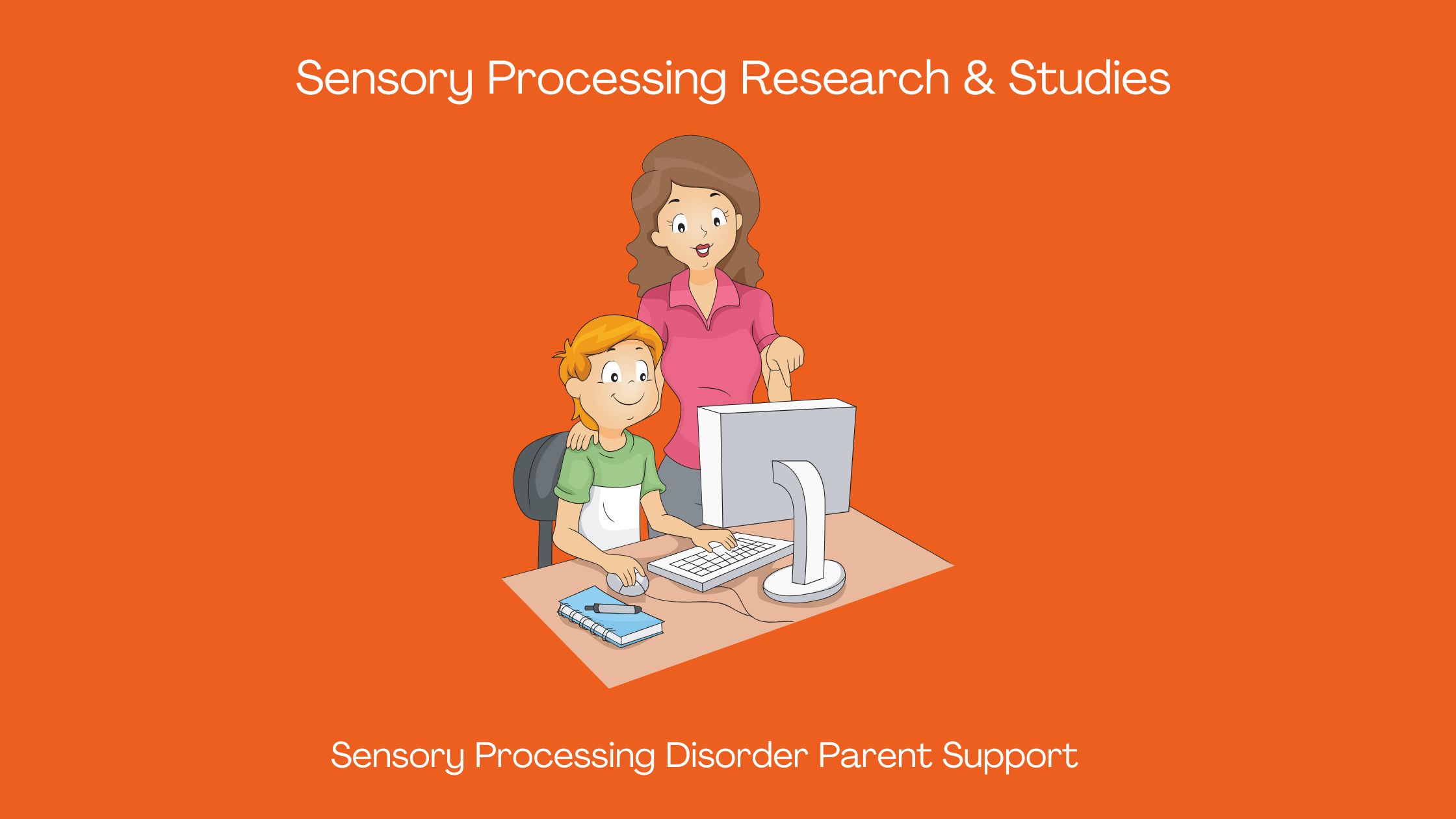
Breakthrough Study Reveals Biological Basis for Sensory Processing Disorders in Kids
One of the reasons SPD has been overlooked until now is that it often occurs in children who also have ADHD or autism, and the disorders have not been listed in the Diagnostic and Statistical Manual used by psychiatrists and psychologists.
“Until now, SP D hasn’t had a known biological underpinning,” said senior author Pratik Mukherjee , MD, PhD, a professor of radiology and biomedical imaging and bioengineering at UCSF. “Our findings point the way to establishing a biological basis for the disease that can be easily measured and used as a diagnostic tool,” Mukherjee said.
The work is published in the open access online journal Neurolmage Clinical
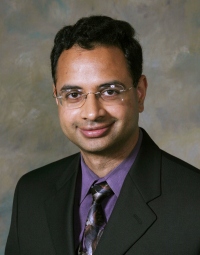
Pratik Mukherjee, MD, PhD
‘Out of Sync’ Kids
Sensory processing disorders affect 5 to 16 percent of school-aged children.
Children with SPD struggle with how to process stimulation, which can cause a wide range of symptoms including hypersensitivity to sound, sight and touch, poor fine motor skills and easy distractibility. Some SPD children cannot tolerate the sound of a vacuum, while others can’t hold a pencil or struggle with social interaction. Furthermore, a sound that one day is an irritant can the next day be sought out. The disease can be baffling for parents and has been a source of much controversy for clinicians, according to the researchers.
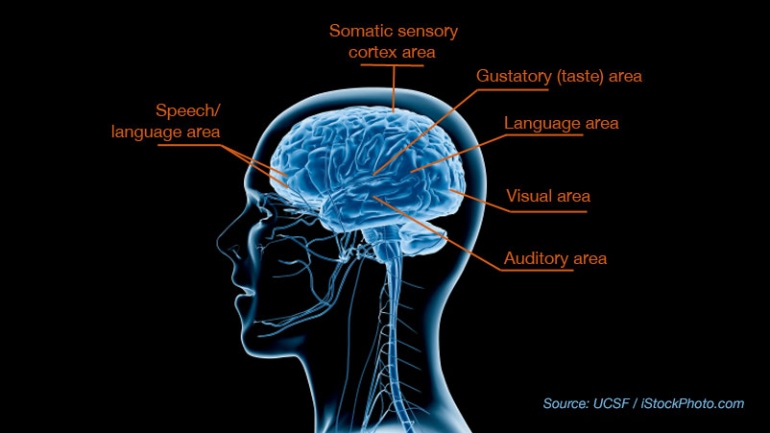
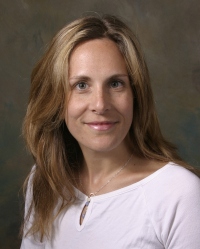
Elysa Marco, MD
“Most people don’t know how to support these kids because they don’t fall into a traditional clinical group,” said Elysa Marco , MD, who led the study along with postdoctoral fellow Julia Owen, PhD. Marco is a cognitive and behavioral child neurologist at UCSF Benioff Children’s Hospital, ranked among the nation's best and one of California's top-ranked centers for neurology and other specialties, according to the 2013-2014 U.S. News & World Report Best Children's Hospitals survey.
“Sometimes they are called the ‘out of sync’ kids. Their language is good, but they seem to have trouble with just about everything else, especially emotional regulation and distraction. In the real world, they’re just less able to process information efficiently, and they get left out and bullied,” said Marco, who treats affected children in her cognitive and behavioral neurology clinic.
“If we can better understand these kids who are falling through the cracks, we will not only help a whole lot of families, but we will better understand sensory processing in general. This work is laying the foundation for expanding our research and clinical evaluation of children with a wide range of neurodevelopmental challenges – stretching beyond autism and ADHD,” she said.
Imaging the Brain’s White Matter
In the study, researchers used an advanced form of MRI called diffusion tensor imaging (DTI), which measures the microscopic movement of water molecules within the brain in order to give information about the brain’s white matter tracts. DTI shows the direction of the white matter fibers and the integrity of the white matter. The brain’s white matter is essential for perceiving, thinking and learning.
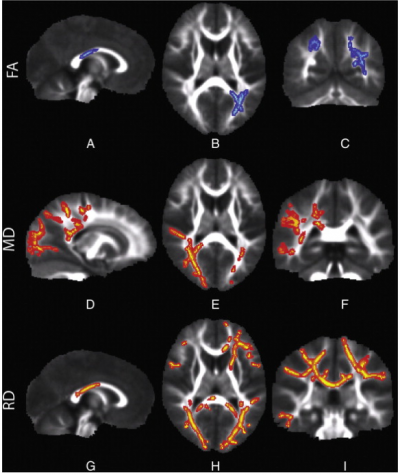
These brain images, taken with DTI, show water diffusion within the white matter of children with sensory processing disorders. Row FA : The blue areas show white matter where water diffusion was less directional than in typical children, indicating impaired white matter microstructure. Row MD : The red areas show white matter where the overall rate of water diffusion was higher than in typical children, also indicating abnormal white matter. Row RD : The red areas show white matter where SPD children have higher rates of water diffusion perpendicular to the axonal fibers, indicating a loss of integrity of the fiber bundles comprising the white matter tracts.
The study examined 16 boys, between the ages of eight and 11, with SPD but without a diagnosis of autism or prematurity, and compared the results with 24 typically developing boys who were matched for age, gender, right- or left-handedness and IQ. The patients’ and control subjects’ behaviors were first characterized using a parent report measure of sensory behavior called the Sensory Profile.
The imaging detected abnormal white matter tracts in the SPD subjects, primarily involving areas in the back of the brain, that serve as connections for the auditory, visual and somatosensory (tactile) systems involved in sensory processing, including their connections between the left and right halves of the brain.
“These are tracts that are emblematic of someone with problems with sensory processing,” said Mukherjee. “More frontal anterior white matter tracts are typically involved in children with only ADHD or autistic spectrum disorders. The abnormalities we found are focused in a different region of the brain, indicating SPD may be neuroanatomically distinct.”
The researchers found a strong correlation between the micro-structural abnormalities in the white matter of the posterior cerebral tracts focused on sensory processing and the auditory, multisensory and inattention scores reported by parents in the Sensory Profile. The strongest correlation was for auditory processing, with other correlations observed for multi-sensory integration, vision, tactile and inattention.
The abnormal microstructure of sensory white matter tracts shown by DTI in kids with SPD likely alters the timing of sensory transmission so that processing of sensory stimuli and integrating information across multiple senses becomes difficult or impossible.
“We are just at the beginning, because people didn’t believe this existed,” said Marco. “This is absolutely the first structural imaging comparison of kids with research diagnosed sensory processing disorder and typically developing kids. It shows it is a brain-based disorder and gives us a way to evaluate them in clinic.”
Future studies need to be done, she said, to research the many children affected by sensory processing differences who have a known genetic disorder or brain injury related to prematurity.
The study’s co-authors are Shivani Desai, BS, Emily Fourie, BS, Julia Harris, BS, and Susanna Hill, BS, all of UCSF, and Anne Arnett, MA, of the University of Denver.
The research was supported by the Wallace Research Foundation. The authors have reported that they have no conflicts of interest relevant to the contents of this paper to disclose.
UCSF Benioff Children’s Hospital creates an environment where children and their families find compassionate care at the forefront of scientific discovery, with more than 150 experts in 50 medical specialties serving patients throughout Northern California and beyond. The hospital admits about 5,000 children each year, including 2,000 babies born in the hospital. For more information, visit www.ucsfbenioffchildrens.org
UCSF is a leading university dedicated to promoting health worldwide through advanced biomedical research, graduate-level education in the life sciences and health professions, and excellence in patient care.
https://www.ucsf.edu/news/2013/07/107316/breakthrough-study-reveals-biological-basis-sensory-processing-disorders-kidsi
Kids with Autism, Sensory Processing Disorders Show Brain Wiring Differences
UCSF Study Builds on its Groundbreaking Research Showing Children with SPD Have Measurable Brain Differences
By Juliana Bunim on July 30, 2014
Researchers at UC San Francisco have found that children with sensory processing disorders have decreased structural brain connections in specific sensory regions different than those in autism, further establishing SPD as a clinically important neurodevelopmental disorder.
The research, published in the journal PLOS ONE , is the first study to compare structural connectivity in the brains of children with an autism diagnosis versus those with an SPD diagnosis, and with a group of typically developing boys. This new research follows UCSF’s groundbreaking study published in 2013 that was the first to find that boys affected with SPD have quantifiable regional differences in brain structure when compared to typically developing boys. This work showed a biological basis fo r the disease but prompted the question of how these differences compared with other neurodevelopmental disorders.
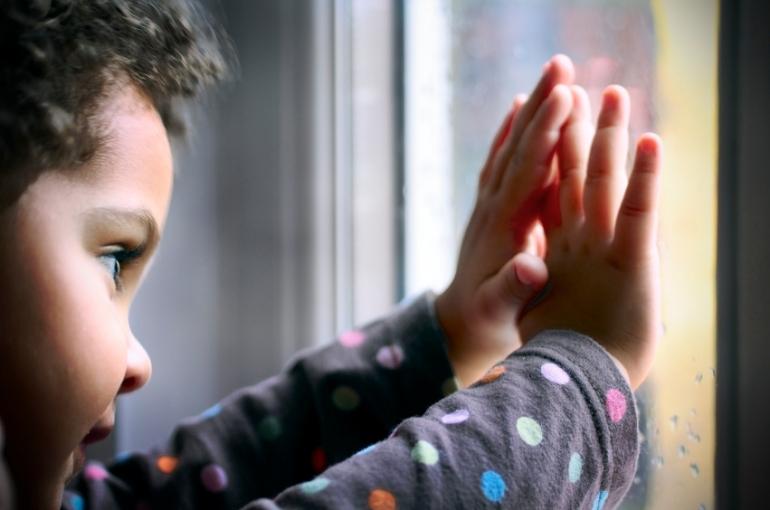
“With more than 1 percent of children in the U.S. diagnosed with an autism spectrum disorder, and reports of 5 to 16 percent of children having sensory processing difficulties, it’s essential we define the neural underpinnings of these conditions, and identify the areas they overlap and where they are very distinct,” said senior author Pratik Mukherjee , MD, PhD, a professor of radiology and biomedical imaging and bioengineering at UCSF.
SPD Gains Recognition as Distinct Condition
SPD can be hard to pinpoint, as more than 90 percent of children with autism also are reported to have atypical sensory behaviors, and SPD has not been listed in the Diagnostic and Statistical Manual used by psychiatrists and psychologists.
“One of the most striking new findings is that the children with SPD show even greater brain disconnection than the kids with a full autism diagnosis in some sensory-based tracts,” said Elysa Marco , MD, cognitive and behavioral child neurologist at UCSF Benioff Children’s Hospital San Francisco and the study’s corresponding author. “However, the children with autism, but not those with SPD, showed impairment in brain connections essential to the processing of facial emotion and memory.”
Children with SPD struggle with how to process stimulation, which can cause a wide range of symptoms including hypersensitivity to sound, sight and touch, poor fine motor skills and easy distractibility. Some SPD children cannot tolerate the sound of a vacuum, while others can’t hold a pencil or struggle with emotional regulation. Furthermore, a sound that is an irritant one day can be tolerated the next. The disease can be baffling for parents and has been a source of much controversy for clinicians who debate whether it constitutes its own disorder, according to the researchers.
“These kids, however, often don’t get supportive services at school or in the community because SPD is not yet a recognized condition,” said Marco. “We are starting to catch up with what parents already knew; sensory challenges are real and can be measured both in the lab and the real world. Our next challenge is to find the reason why children have SPD and move these findings from the lab to the clinic.”
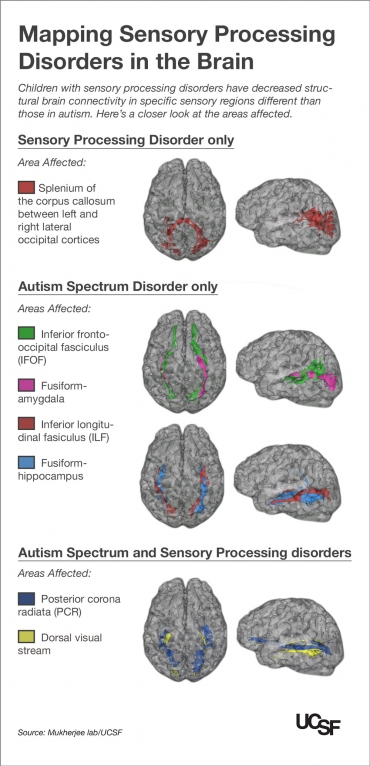
Examining White Matter Tracts in the Brain
In the study, researchers used an advanced form of MRI called diffusion tensor imaging (DTI), which measures the microscopic movement of water molecules within the brain in order to give information about the brain’s white matter tracts. The brain’s white matter forms the “wiring” that links different areas of the brain and is therefore essential for perceiving, thinking and action. DTI shows the direction of the white matter fibers and the integrity of the white matter, thereby mapping the structural connections between brain regions.
The study examined the structural connectivity of specific white matter tracts in16 boys with SPD and 15 boys with autism between the ages of 8 and 12 and compared them with 23 typically developing boys of the same age range.
The researchers found that both the SPD and autism groups showed decreased connectivity in multiple parieto-occipital tracts, the areas that handle basic sensory information in the back area of the brain. However, only the autism cohort showed impairment in the inferior fronto-occipital fasciculi (IFOF), inferior longitudinal fasciculi (ILF), fusiform-amygdala and the fusiform-hippocampus tracts – critical tracts for social-emotional processing.
“One of the classic features of autism is decreased eye-to-eye gaze, and the decreased ability to read facial emotions,” said Marco. “The impairment in this specific brain connectivity, not only differentiates the autism group from the SPD group but reflects the difficulties patients with autism have in the real world. In our work, the more these regions are disconnected, the more challenge they are having with social skills.”
Kids with isolated SPD showed less connectivity in the basic perception and integration tracts of the brain that serve as connections for the auditory, visual and somatosensory (tactile) systems involved in sensory processing.
“If we can start by measuring a child’s brain connectivity and seeing how it is playing out in a child’s functional ability, we can then use that measure as a metric for success in our interventions and see if the connectivities are changing based on our clinical interventions,” said Marco. “Larger studies to replicate this early work are clearly needed but we are encouraged that DTI can be a powerful clinical and research tool for understanding the basis for sensory neurodevelopmental differences.”The study’s co-authors are Yi-Shin Chang, BSE, MS , Julia Owen, PhD, Shivani Desai, BS, Susanna Hill, BS, Anne Arnett, MA, and Julia Harris, BS, all of UCSF.
The research was supported by the Wallace Research Foundation, the Gates Family Foundation and the Holcombe Kawaja Family Foundation. The authors have reported that they have no conflicts of interest relevant to the contents of this paper to disclose.
UCSF is the nation’s leading university exclusively focused on health. Now celebrating the 150th anniversary of its founding as a medical college, UCSF is dedicated to transforming health w orldwide through advanced biomedical research, graduate-level education in the life sciences and health professions, and excellence in patient care. It includes top-ranked graduate schools of dentistry, medicine, nursing and pharmacy; a graduate division with world-renowned programs in the biological sciences, a preeminent biomedical research enterprise and two top-tier hospitals, UCSF Medical Center and UCSF Benioff Children’s Hospital San Francisco.
https://www.ucsf.edu/news/2014/07/116196/kids-autism-and-sensory-processing-disorders-show-differences-brain-wiring
Brain’s Wiring Connected to Sensory Processing Disorder
UCSF Study Shows Measurable Neurological Differences In Affected Children
By Suzanne Leigh on January 26, 2016
Researchers at UC San Francisco have found that boys and girls with sensory processing disorder (SPD) have altered pathways for brain connectivity when compared to typically developing children, and the difference predicts challenges with auditory and tactile processing.
The research, published Jan. 26, in the journal Frontiers in Neuroanatomy , is the biggest imaging study ever done in children with SPD. It’s also the first to compare the white matter tra cts in the brain of typically developing boys and girls versus those with an SPD diagnosis. The brain’s white matter forms the “wiring” that links different areas of the brain and is therefore essential for perceiving, thinking and action.
Children with SPD struggle with processing stimulation, which can cause a wide range of symptoms, including hypersensitivity to sound, sight and touch. Many affected children also have poor fine motor skills, such as problems with holding a pencil, challenges with attention and profound difficulties with emotional regulation. Some SPD children cannot tolerate the sound of a vacuum cleaner or the touch of their loved ones. Furthermore, a sound that is an irritant one-day can be tolerated the next making parenting very confusing.
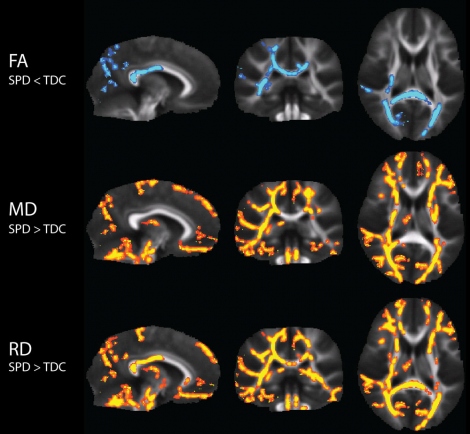
The first row (in blue) shows areas of the brain where children with SPD have less white matter than typically developing children. This is especially evident in the back of the brain, the primary site for transmitting sensory information. Rows two and three (in orange) show parts of the brain where children with SPD have more white matter – although the “structural integrity” is impaired. Image courtesy of Yi-Shin Chang/UCSF
The study enrolled 40 right-handed boys and girls with SPD and 41 right-handed typically developing children, and examined the pathways for connectivity of specific white matter tracts in their brain using diffusion tensor imaging (DTI). The SPD and control subjects’ behaviors were first characterized using a parent report measure of sensory behavior called the Sensory Profile. They also were given the Acoustic Index of the Differential Screening Test and a portion of the Sensory Integration Praxis Tests to directly measure auditory and tactile processing, respectively.
“By comparing the white matter in the brain of kids with SPD and typically developing kids, we were able to relate them to direct measurements of auditory and tactile function and find strong correlations between the white matter and sensory functioning,” said senior author Pratik Mukherjee , MD, PhD, a professor of radiology and biomedical imaging and bioengineering at UCSF. “The children with SPD and the typically developing kids form a continuum, with the children with SPD at one extreme and sensory-typical at the other. This builds on the idea that SPD is a spectrum disorder and fo r the first time we have direct measurements, rather than solely relying on parent reports.”
The researchers used DTI to measure the structural connectivity of the kids in both groups. The advanced form of imaging measures the microscopic movement of water molecules within the brain and shows the direction of the white matter fibers and their integrity, thereby mapping the structural connections between brain regions. The microstructure of the white matter correlates with sensory functioning, especially in the back of the brain where tracts are responsible for relaying sensory information.
The imaging detected abnormal white matter tracts in the SPD subjects that serve as connections for the auditory, visual and somatosensory (tactile) systems involved in sensory processing, including their connections between the left and right halves of the brain. The abnormal microstructure of sensory white matter tracts shown by DTI in kids with SPD likely alters the timing of sensory transmission, so that processing of sensory stimuli and integrating information across multiple senses becomes difficult or impossible.
The results of the DTI had a stronger correlation with the direct measurements of tactile and auditory processing taken during the neurological testing than in the parent report survey, which the researchers say is likely due to the direct measurements being more objective.
“Knowing that the neurological testing is a strong predictor of what we’ll see on the DTI means we can use it more confidently to calculate sensory challenges, and tailor our treatments to best help our patients,” said Elysa Marco , MD, who led the study along with postdoctoral fellow Julia Owen , PhD, and Yi-Shin Chang, MS, in the department of radiology and biomedical imaging. “This ties directly into precision medicine – n ot relying on one size fits all for clinical diagnoses – but objectively assessing patients using quantifiable biomarkers to then personalize their treatment.”
